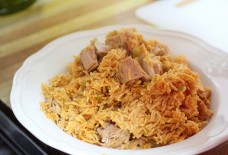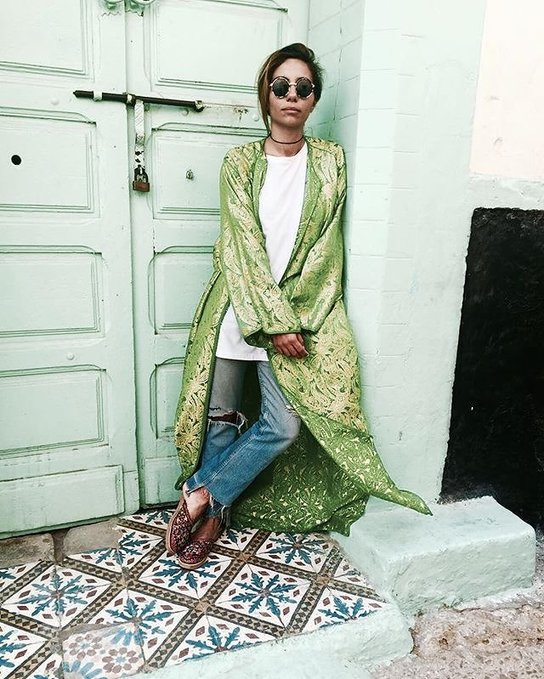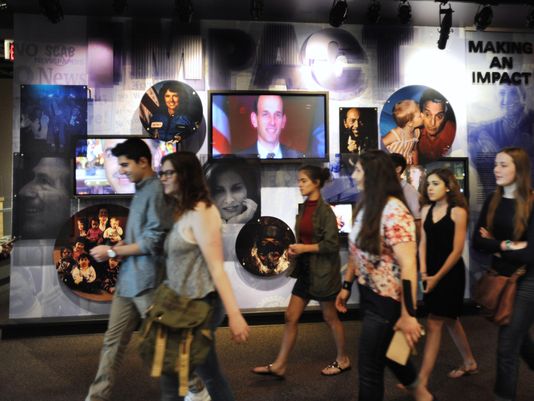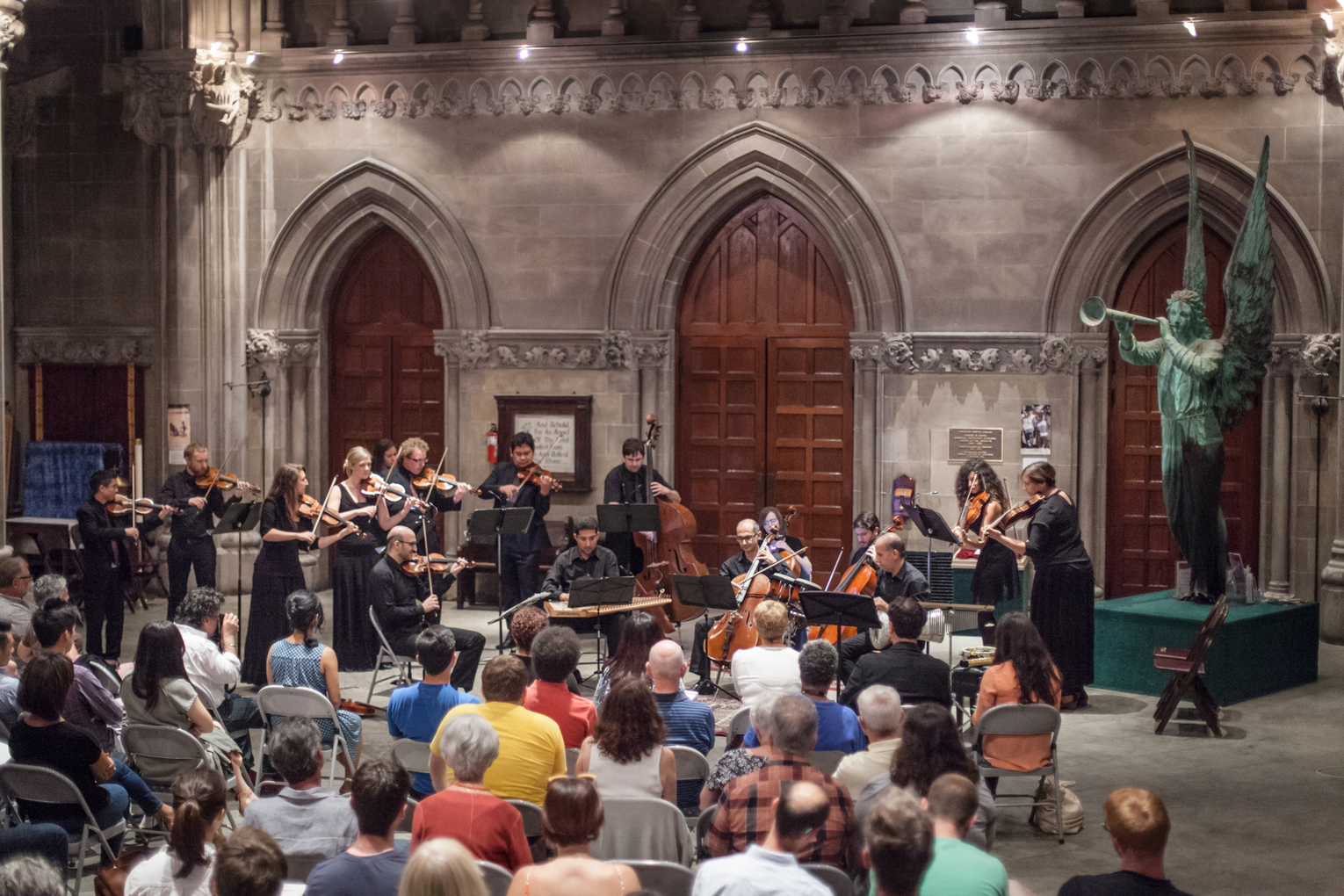How One Designer Is Using the Caftan to Bridge Morocco With the West
by LIANA SATENSTEIN
VOGUE
Bakchic’s Instagram is basically an ongoing advertisement for all of what Morocco has to offer. It’s a rich feed, full of shots that include plump fresh figs and sequined babouches, Zellige enameled tiles, or a shot of designer Sofia El Arabi posing in front of a whitewashed wall in a bright red fez hat and an armful of silver Berber cuffs. El Arabi embraces all things Morocco, as does her label which includes everything from riffs on traditional caftans to more contemporary pieces like simple tees.
From the looks of El Arabi’s output, both physical and on social media, it would seem that the designer has spent her life dedicated to Moroccan culture, but the idea to create Bakchic stemmed instead from a lack of exposure to her surroundings. El Arabi grew up in a family that she considers “Western oriented,” and spoke French and English while living in Morocco, as well as attending a French-speaking high school. It was only when she returned to Morocco after studying in France that she discovered what her country had to offer. “This period of my life was really about trying to discover Morocco,” she says. “My own identity has been divided between something Eastern and Western so I tried to find a way between these two worlds.” That way came from clothing, and El Arabi soon began making custom caftans for her family. Soon after, El Arabi quit her job at a French television station and launched Bakchic in 2012.
Though El Arabi has amassed more than 35,000 followers on her Instagram, fans of her brand tend to be abroad, rather than in the cosmopolitan areas of Morocco, where general style tends toward a more Western aesthetic. She has found it difficult to tap into the local market. “The problem in Morocco, is that people are not totally proud of this cultural wealth that we have, because no one before really took it seriously,” says El Arabi, “This is a challenge of making Arab style cool again. People are more attracted to the universal culture, which is Western. Universal culture is easier to access. It’s a style that people understand so you don’t really take a risk wearing different clothes.” Of course, there are also the political connotations. “I really wanted to show the world that being Arab doesn’t mean being violent, or all of these cliches that you can watch on TV,” says El Arabi. “Even if you may think that clothing is not as serious, or [cannot] solve the political problems that the world is going through, I think it is cool to communicate a certain identity and vision of the Arabs.” And to that end, El Arabi wears her caftans with Adidas track pants, or blue jeans. “The most important thing to remember is to stay simple because these pieces are full of embroideries,” says El Arabi. “The thing is to wear a pair of jeans for example, or a simple T-shirt, and then to add something Moroccan with embroideries. It’s staying simple on the Western side of your outfit.” The other part? Wearing your culture proudly on your sleeve.
Source: www.vogue.com






